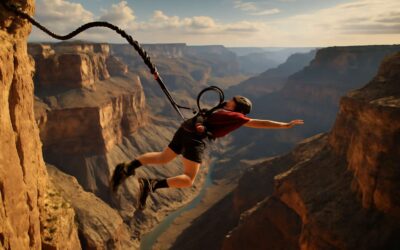Outdoor sport is a leisure activity that involves physical exertion and the enjoyment of nature, often in competitive or non-competitive forms. It includes a wide variety of recreational activities involving natural or artificial environments, such as hiking, climbing, canoeing, fishing, swimming in lakes and rivers, cycling and mountain biking, functional training, jogging, and yoga in the park. There are also a number of sports that require equipment, such as golf and skiing. It is often performed in a social group and, while many of the etiquette rules are similar to those of organized team sports, there is generally less emphasis on competition.
The popularity of outdoor sports is increasing around the world at a rapid rate, with participants from a wide range of demographics, interests, and socio-economic backgrounds participating. However, with this growing demand and popularity comes a concern over environmental degradation caused by the impact of the activities on local ecosystems. This has been exacerbated by the fact that current management systems are often inadequate to deal with these issues.
Using a framework inspired by non-representational theory, this article explores the bidirectional relationship between outdoor sport and the environment. Specifically, the focus is on how the experiences of participants within the sports ecospheres affect their attitudes and perceptions towards nature and the environment. This is in addition to examining how new neo-tribal values, embodied practices, and cultural configurations are emerging from these interactions. These new forms and practices are often congruent with environmental protection and thereby offer potential to change harmful environmental behaviours.
There are many benefits of outdoor sport for the body and mind. They include a feeling of wellbeing, increased self-esteem, improved social relationships, lower stress levels and better concentration. In addition, it is an excellent way to get some fresh air and sunshine, which helps boost the immune system and improves the skin.
In addition, outdoor sports can help increase cardiovascular function and reduce the risk of diabetes, high blood pressure, and heart disease. They can also help keep the body in shape and improve mental health, such as reducing depression and anxiety. The combination of physical exercise and nature can be particularly beneficial for children, who tend to enjoy outdoor sports more than indoor ones.
Almost all types of sports can be classified as outdoor sports, but this article focuses on the non-competitive activities that don’t necessarily have the same level of physical challenge as a sporting match or championship, such as walking, climbing and hiking. There are a number of parks around the country that make it easy to take up this type of recreational activity and all you need is some equipment. The health and fitness benefits are well worth the effort. This is especially true if you live near a river or lake, where the opportunity for water-based sports such as kayaking and boating are readily available. The fresh air and sunshine help to invigorate the muscles and rejuvenate the spirits.

0 Comments